This week…



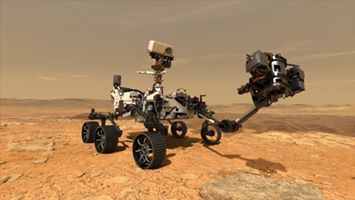
This week…



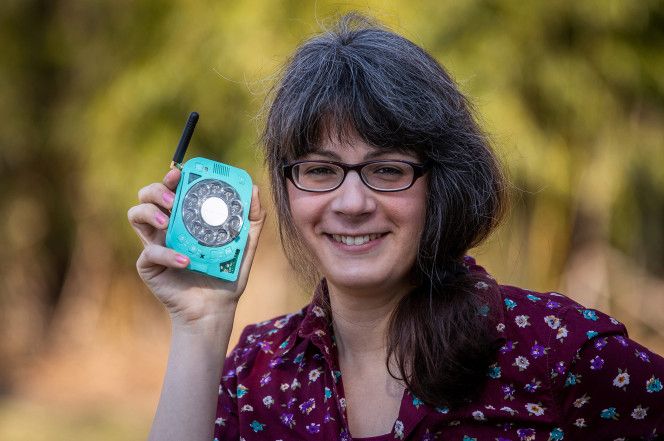
She builds tools for space exploration — but her cellphone is strictly down to earth.
Justine Haupt, 34, hates smartphones. She hates the way they work, and she hates the way they rule our lives.
“I work in technology but I don’t like the culture around smartphones,” says the astronomy instrumentation engineer from Long Island.
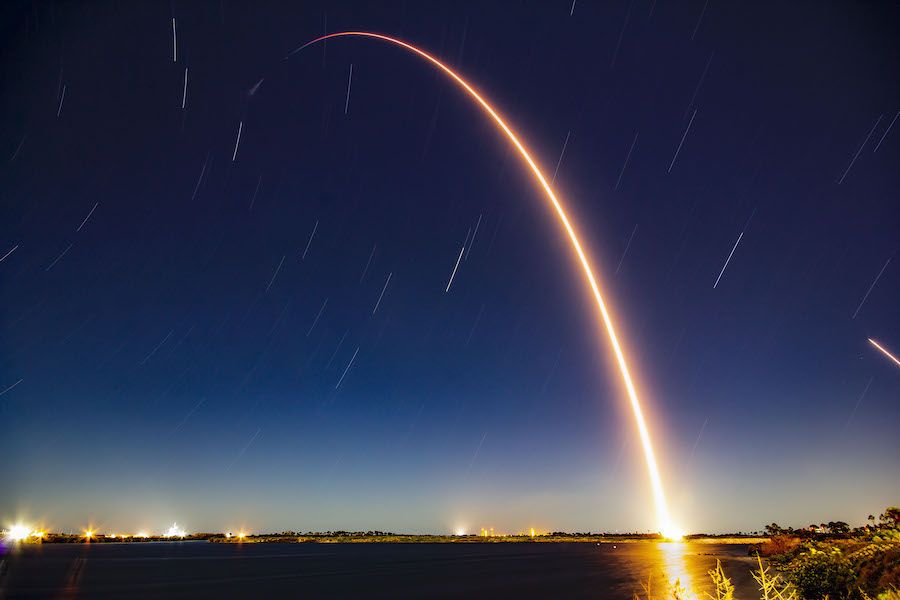
Taking aim on the International Space Station, nine kerosene-burning rocket engines powered a SpaceX Falcon 9 launcher into a clear sky over Florida’s Space Coast on Friday night to begin the final flight of the first version of the company’s Dragon cargo ship.
Minutes later, the Falcon 9’s first stage booster returned to a site a few miles from its starting point and landed at Cape Canaveral, marking the 50th time SpaceX has recovered a Falcon booster intact since the California rocket maker’s first successful recovery in 2015.
Liftoff of the 213-foot-tall (65-meter) Falcon 9 rocket — using a first stage booster that previously launched and landed in December — occurred at 11:50:31 p.m. EST Friday (0450:31 GMT Saturday) from pad 40 at Cape Canaveral Air Force Station.
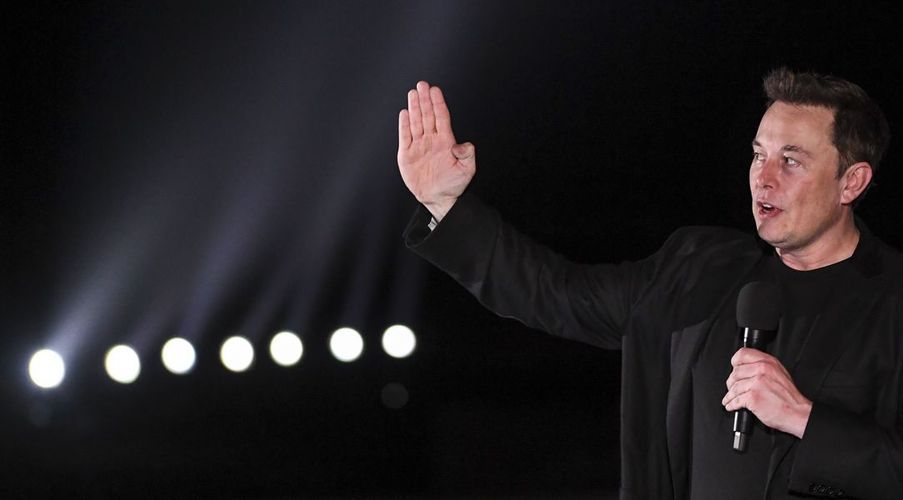
Elon Musk is bulking up his rocket-building workforce—big time. Ars Technica visited the Texas home of SpaceX, where Musk was calling a meeting on a Sunday “morning” at 1 a.m. There’s a lot to unpack here.
To start, Musk is worried that our window of opportunity to make it to Mars is closing—so we better hurry up. After the 1 a.m. meeting, SpaceX added over 250 new employees in two days, representing a full doubling of the workforce.
Ars Technica visited the day after the major Starship prototype implosion that made news earlier this week. The SN1 prototype blew up as a direct result of weak welds. It sounds like everyone involved knew this prototype was faulty and told Musk so when he asked, and he insists it was never designed to fly for real anyway.
NASA has selected SpaceX of Hawthorne, California, to provide launch services for the agency’s Psyche mission. The Psyche mission currently is targeted to launch in July 2022 on a Falcon Heavy rocket from Launch Complex 39A at Cape Canaveral Air Force Station in Florida.
The total cost for NASA to launch Psyche and the secondary payloads is approximately $117 million, which includes the launch service and other mission related costs.
The Psyche mission will journey to a unique metal-rich asteroid, also named Psyche, which orbits the Sun between Mars and Jupiter. The asteroid is considered unique, as it appears to largely be made of the exposed nickel-iron core of an early planet – one of the building blocks of our solar system.
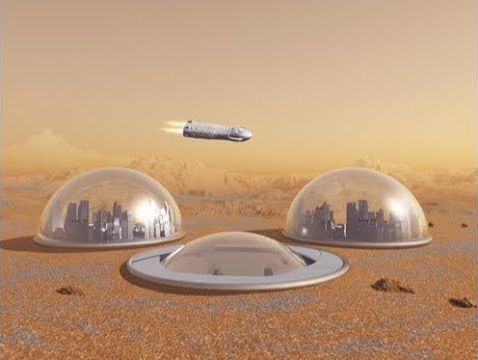
Elon Musk and the late Stephen Hawking are not alone in their calls for humanity to become a multi-planetary species. But they certainly are the most visible advocates for space colonization. And while the moon might be the most obvious jumping off point to the solar system and beyond, nothing stands out as a potential site for long term settlement more than Mars.
But just how realistic is sending astronauts to the Red Planet anytime soon–let alone colonizing it permanently? The obstacles are many, and aerospace engineering may well be the least of them. The human biological, psychological tolss and survival strategies–radiation, low gravity, isolation and the marshalling air, water, and food resources–all stand in the way. And then there is the economic cost and the political and public will. In this edition of Seeking Delphi,™ I talk to former NASA Mars mission navigator, Moriba Jah, about the many challenges of leaving of our home planet.
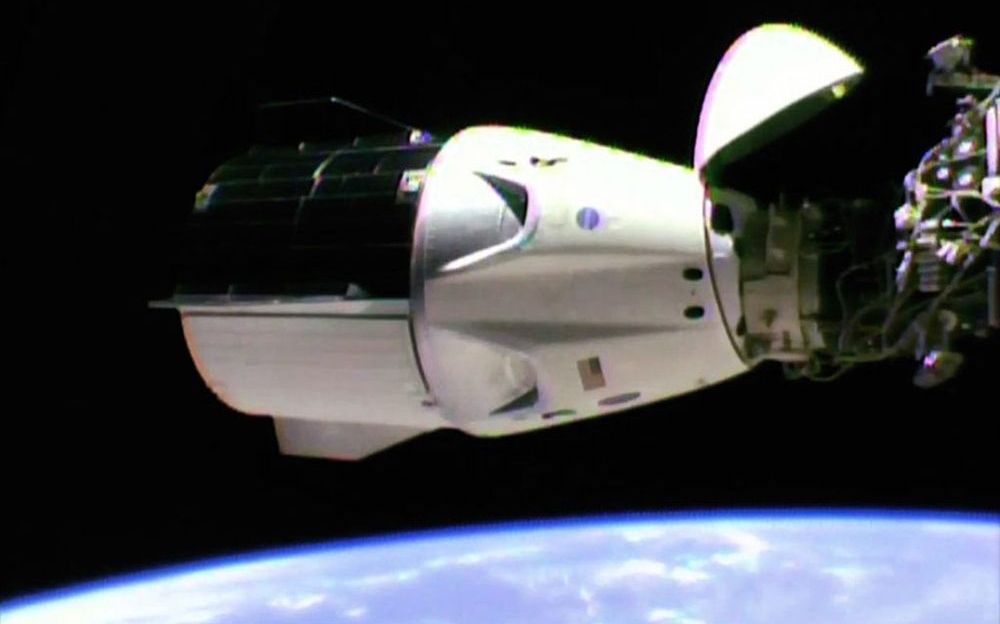
One year ago today, SpaceX took a giant leap forward for private spaceflight with the launch of its first Crew Dragon to the International Space Station and the company is celebrating that feat with an epic new video.
The new video, which SpaceX shared on YouTube and Twitter, shows the company’s first Crew Dragon spacecraft launched on the Demo-1 mission from NASA’s Kennedy Space Center in Florida. The mission, an uncrewed test flight, launched a spacesuit-clad dummy named Ripley and an adorable Celestial Buddy Earth plush toy to the station.
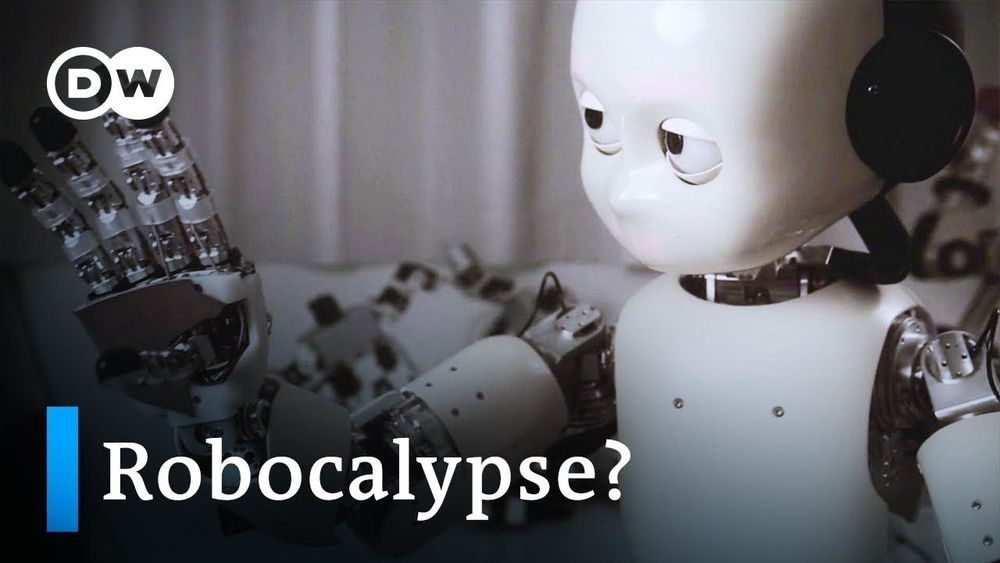
AI/Humans, our brave now world, happening now.
Are we facing a golden digital age or will robots soon run the world? We need to establish ethical standards in dealing with artificial intelligence — and to answer the question: What still makes us as human beings unique?
Mankind is still decades away from self-learning machines that are as intelligent as humans. But already today, chatbots, robots, digital assistants and other artificially intelligent entities exist that can emulate certain human abilities. Scientists and AI experts agree that we are in a race against time: we need to establish ethical guidelines before technology catches up with us. While AI Professor Jürgen Schmidhuber predicts artificial intelligence will be able to control robotic factories in space, the Swedish-American physicist Max Tegmark warns against a totalitarian AI surveillance state, and the philosopher Thomas Metzinger predicts a deadly AI arms race. But Metzinger also believes that Europe in particular can play a pioneering role on the threshold of this new era: creating a binding international code of ethics.
——————————————————————-
DW Documentary gives you knowledge beyond the headlines. Watch high-class documentaries from German broadcasters and international production companies. Meet intriguing people, travel to distant lands, get a look behind the complexities of daily life and build a deeper understanding of current affairs and global events. Subscribe and explore the world around you with DW Documentary.
https://www.youtube.com/channel/UCW39zufHfsuGgpLviKh297Q?sub_confirmation=1#
Our other YouTube channels:
DW Documental (in spanish): https://www.youtube.com/dwdocumental
DW Documentary وثائقية دي دبليو: (in arabic): https://www.youtube.com/dwdocarabia
For more documentaries visit also:
http://www.dw.com/en/tv/docfilm/s-3610
Instagram
https://www.instagram.com/dwdocumentary/
Facebook:
https://www.facebook.com/dw.stories
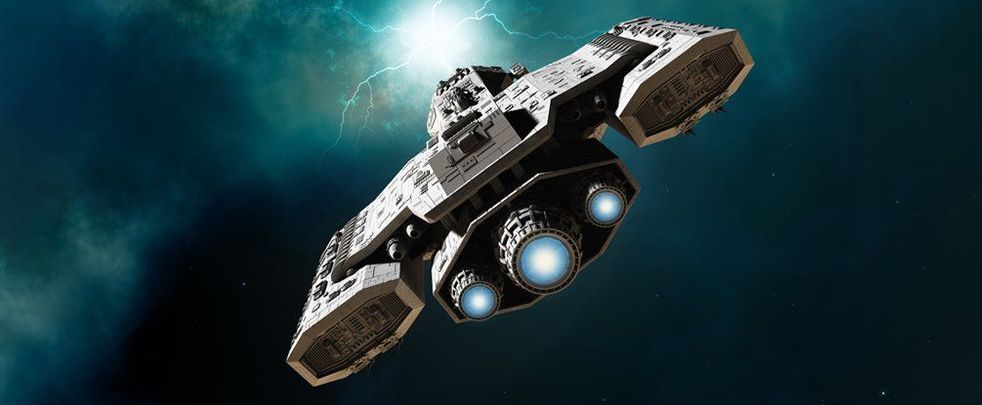
It’s hard living in a relativistic Universe, where even the nearest stars are so far away and the speed of light is absolute. It is little wonder then why science fiction franchises routinely employ FTL (Faster-than-Light) as a plot device.
Push a button, press a petal, and that fancy drive system – whose workings no one can explain – will send us to another location in space-time.
However, in recent years, the scientific community has become understandably excited and skeptical about claims that a particular concept – the Alcubierre Warp Drive – might actually be feasible.
